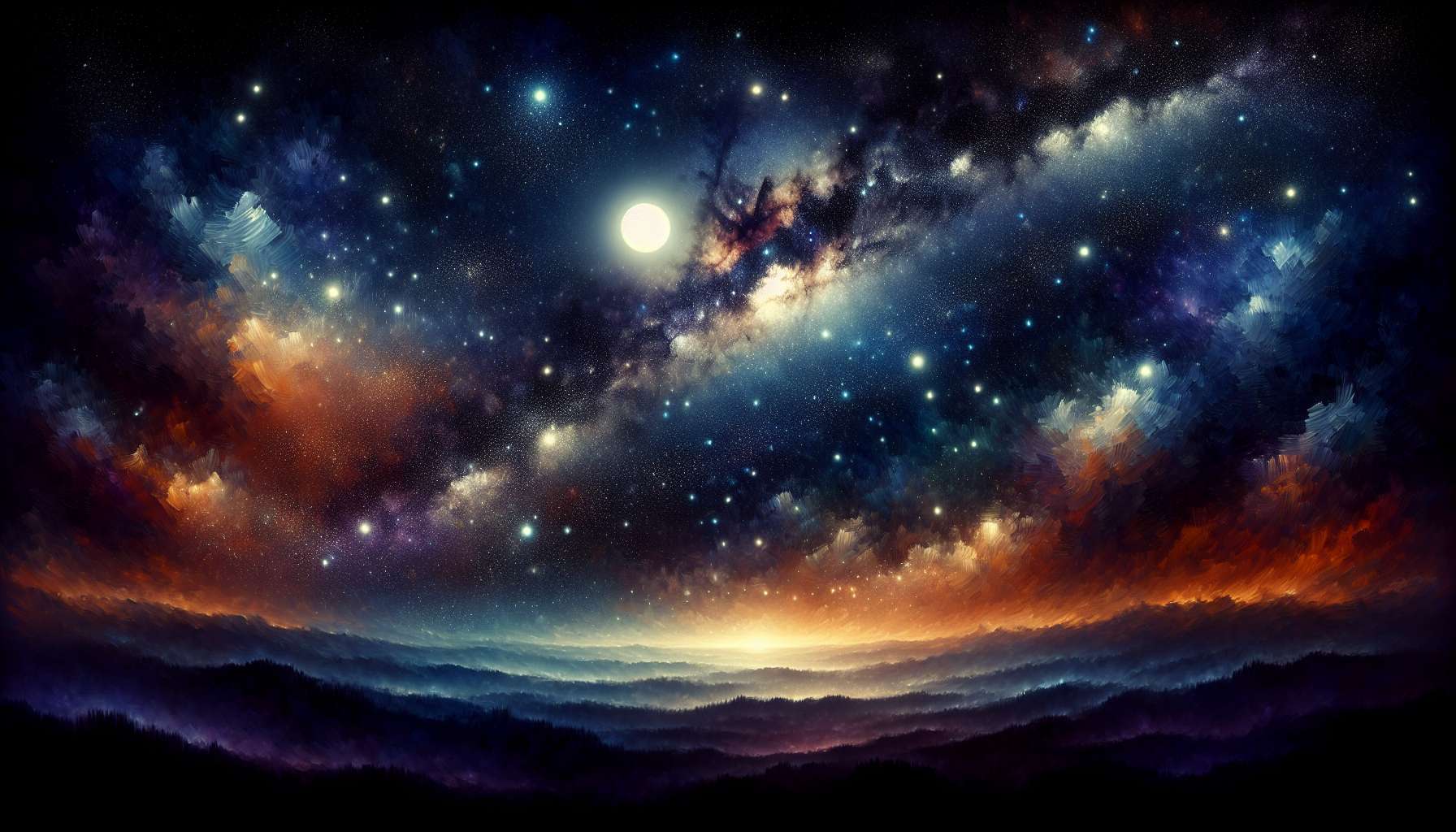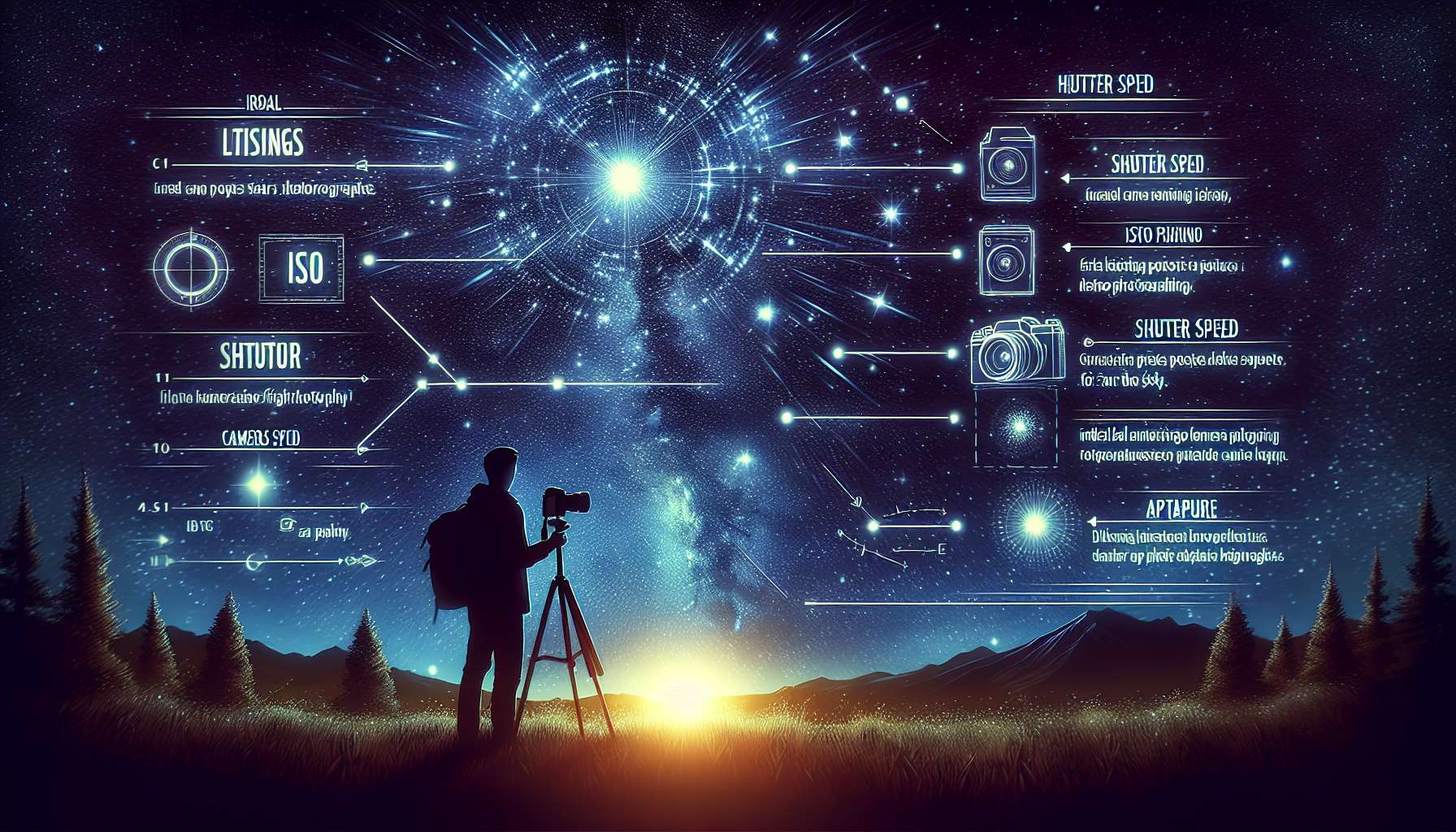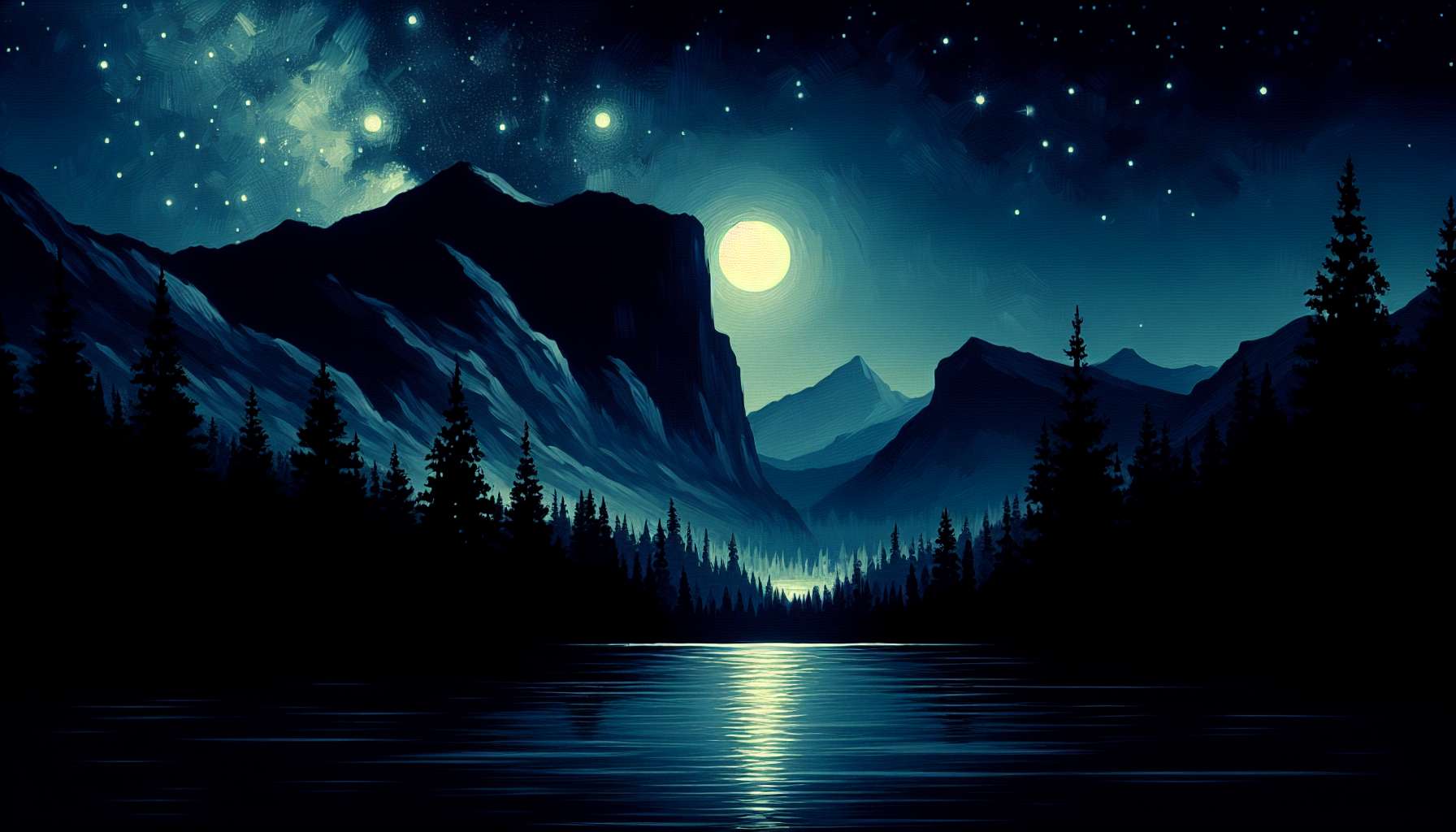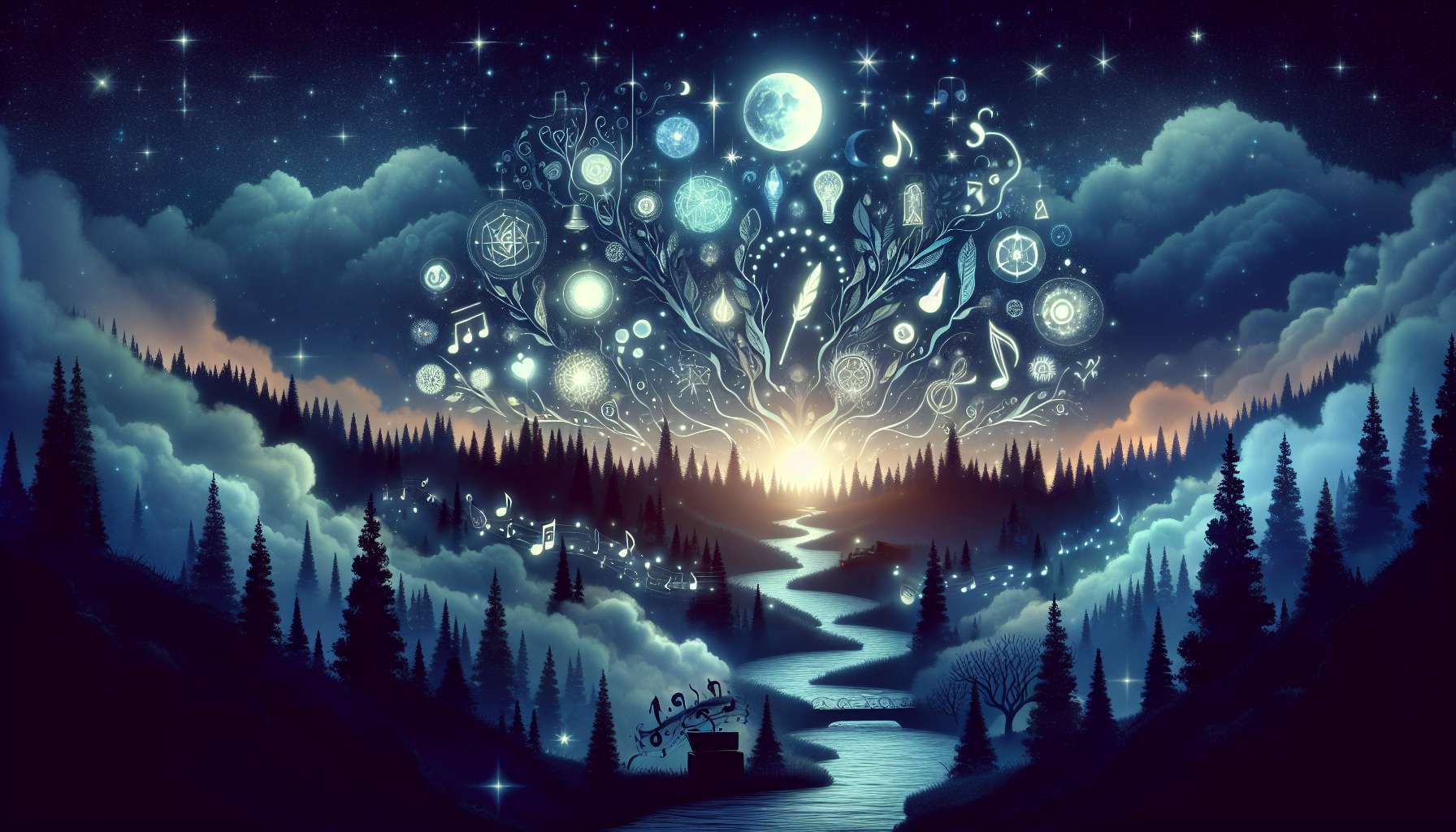Night Sky Symphony in Art: Illuminating the Stars
When we gaze up at the night sky, what do we see? A canvas of twinkling stars, mysterious galaxies, and the enigmatic beauty of the cosmos. For centuries, artists have been inspired by the celestial wonders above, capturing the essence of the night sky in their creations. From Van Gogh’s iconic “Starry Night” to modern interpretations of the cosmos, the night sky has served as a muse for countless works of art. In this article, we will delve into the mesmerizing world of ‘Night Sky Symphony in Art’, exploring its history, significance, and enduring impact on the artistic landscape.
The Celestial Muse: A Brief History
Artistic depictions of the night sky date back to ancient civilizations, where constellations were immortalized in cave paintings and intricate carvings. The Egyptians, Greeks, and Romans all found inspiration in the stars, weaving myths and legends into their artwork. Fast forward to the Renaissance period, and we see a resurgence of interest in astronomy and celestial phenomena. Artists like Leonardo da Vinci and Johannes Vermeer incorporated celestial elements into their paintings, blurring the lines between art and science.
However, it was during the Romantic era that the night sky truly took center stage in art. Romantics such as Caspar David Friedrich and William Turner used the night sky as a symbol of the sublime, evoking feelings of awe and wonder in their viewers. The advent of photography in the 19th century allowed artists to capture the night sky with unprecedented detail, paving the way for new forms of expression in art.

Starry Night and Beyond: Iconic Works of Art
Vincent van Gogh’s “Starry Night” is perhaps the most famous example of a painting inspired by the night sky. The swirling clouds, bright stars, and crescent moon in this masterpiece evoke a sense of movement and emotion, capturing the imagination of viewers around the world. Van Gogh’s bold use of color and expressive brushstrokes have made “Starry Night” an enduring symbol of artistic brilliance.
Other artists have also explored the night sky in their work, each bringing their unique perspective to the celestial theme. From the dreamy landscapes of Claude Monet to the abstract visions of Wassily Kandinsky, the night sky has been reimagined in countless ways. Modern artists continue to push the boundaries of traditional art forms, using digital technology and multimedia techniques to create immersive experiences that bring the night sky to life.
The Science of Art: Exploring Light and Color
One of the most fascinating aspects of ‘Night Sky Symphony in Art’ is the interplay between light and color. Artists use a variety of techniques to capture the luminous quality of the night sky, from subtle shading to bold contrasts. The use of blues, purples, and blacks creates a sense of depth and mystery, while highlights of white and yellow mimic the twinkling stars above.
Artists often experiment with different mediums to achieve the desired effect, whether through watercolors, oils, or digital art. Some artists even incorporate glow-in-the-dark pigments or LED lights to add an interactive element to their work, transforming a static painting into a dynamic light show. By understanding the principles of light and color, artists can create stunning representations of the night sky that resonate with viewers on a visceral level.
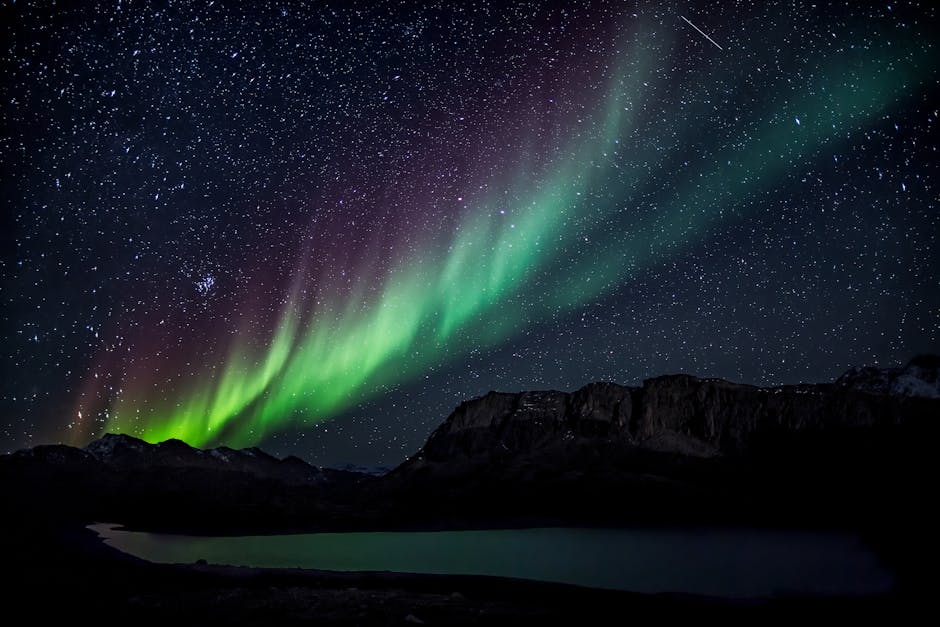
The Night Sky in Contemporary Art: Pushing Boundaries
In the realm of contemporary art, the night sky continues to inspire artists to push boundaries and explore new frontiers. Installation artists like James Turrell and Yayoi Kusama use light and space to create immersive environments that evoke the vastness of the cosmos. By blurring the lines between art and architecture, these artists invite viewers to step into a world where the boundaries between art and reality are dissolved.
Similarly, digital artists harness the power of technology to create interactive experiences that engage the senses and provoke contemplation. Virtual reality simulations, projection mapping, and augmented reality apps allow artists to transcend the limitations of traditional art forms, inviting viewers to explore the night sky in ways never before possible. By embracing innovation and embracing the unknown, contemporary artists are redefining what it means to capture the essence of the night sky in art.
Expert Opinions: Insights from Artists
To gain a deeper understanding of the significance of the night sky in art, we turned to renowned artist and astronomer Dr. Lily Chang. According to Dr. Chang, “The night sky has always been a source of fascination for artists and scientists alike. Its vastness and beauty inspire us to explore the mysteries of the universe and our place within it. By capturing the essence of the night sky in art, we can connect with something larger than ourselves and experience a sense of wonder and awe.”
Artist Sarah Reynolds echoes this sentiment, stating, “The night sky is a symbol of the unknown, the infinite possibilities that lie beyond our comprehension. In my work, I strive to capture the ethereal quality of the night sky, using light and color to evoke a sense of wonder and curiosity. By inviting viewers to contemplate the vastness of the cosmos, I hope to spark a sense of introspection and contemplation.”
Conclusion: Embracing the Cosmos
In conclusion, ‘Night Sky Symphony in Art’ offers a window into the beauty and mystery of the cosmos, inviting us to explore the depths of the universe through the lens of artistic expression. From ancient cave paintings to cutting-edge digital installations, artists have found inspiration in the celestial wonders above, capturing the essence of the night sky in their creations. By delving into the interplay of light, color, and form, artists can create immersive experiences that transport viewers to a realm where the boundaries between art and reality are blurred.
As we gaze up at the night sky, let us remember the words of Vincent van Gogh: “For my part, I know nothing with any certainty, but the sight of the stars makes me dream.” Let the night sky inspire us to dream, to wonder, and to explore the boundless possibilities of the cosmos. In the symphony of the night sky, let us find beauty, mystery, and a sense of connection to something greater than ourselves.

